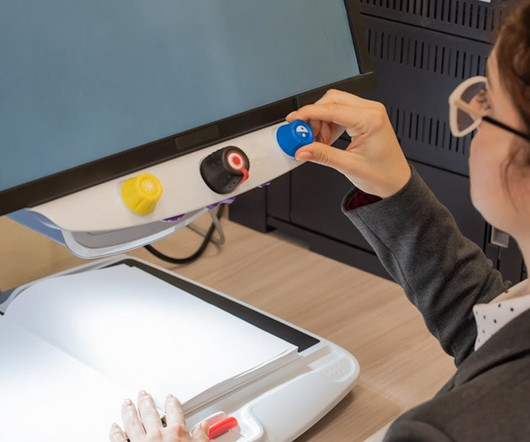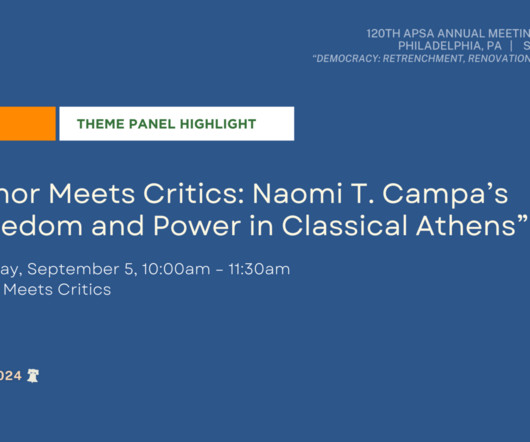Are Schools and Edtech Companies Ready for the Digital Accessibility Deadline?
ED Surge
JULY 19, 2024
When Jacob, a 10th grader with vision impairment, signed up for an AP class, it made him feel like a castaway. His ambitions to learn were thwarted because his teacher had assigned handouts and a three-week-long lesson plan that relied on a website that wasn’t easy for him to navigate. So he felt frustrated, isolated: “I am stranded on this desert island because that site doesn't work [with my screen reader],” Jacob later told a researcher , also adding, “You can't just re-change your whole teac














Let's personalize your content